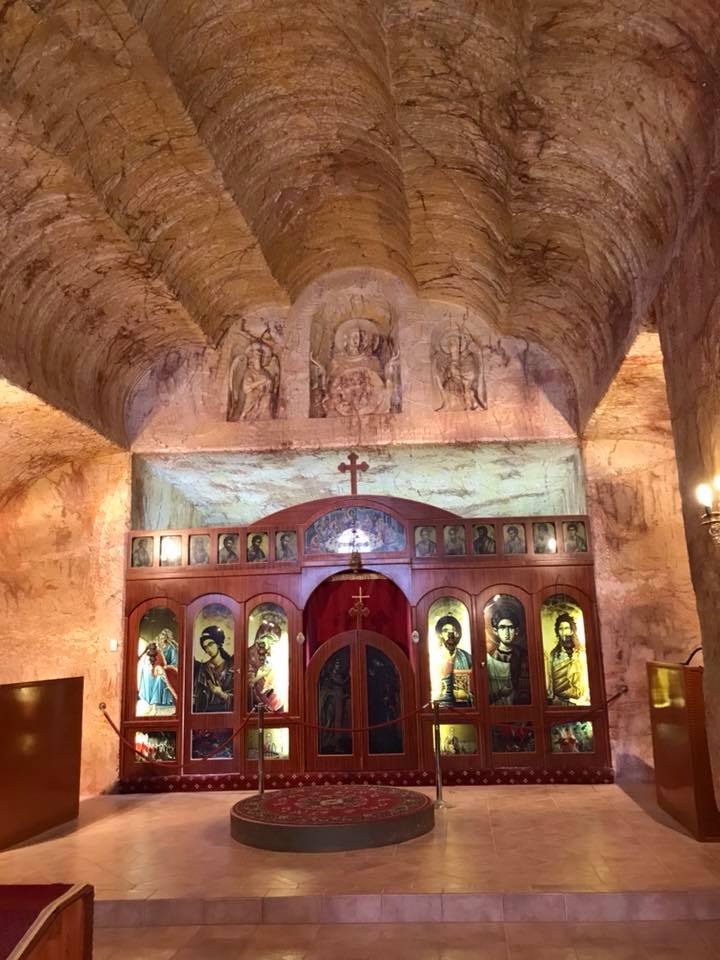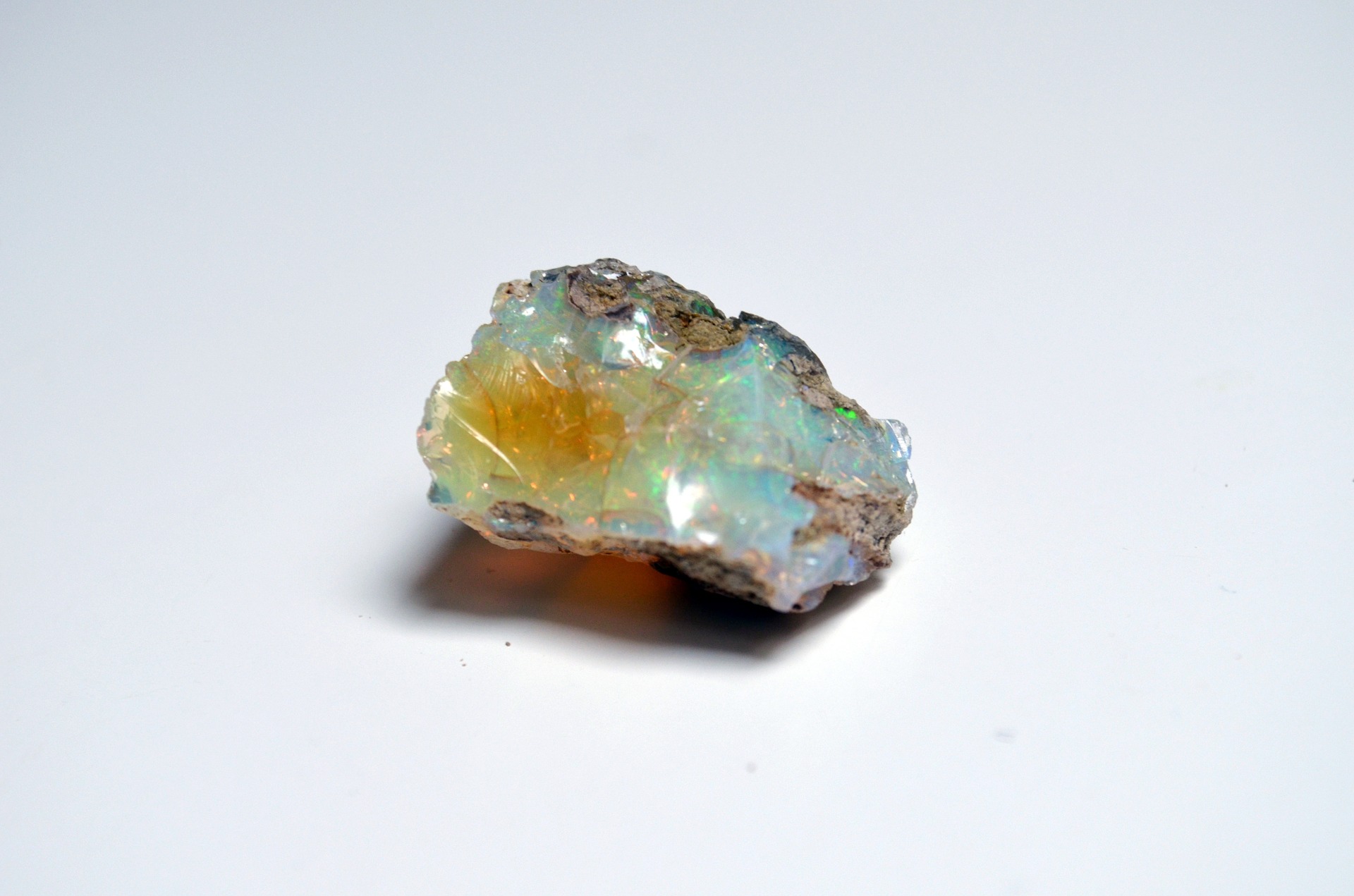Unbelievable! – Hungarians living in the underground desert town
At first glance, visiting Coober Pedy seems like walking on Mars. However, we would never have thought what this small town hides underground.
As the Australian slang calls them, the expression ’wogs’ refers to those residents of the continent who come from Eastern Europe, Southern Europe, the Mediterranean Coast or the Middle East.
Despite the fact that the expression can be used pejoratively as well, a huge number of wogs live in Australia, including Hungarians, too. Their place of residence is astonishing sometimes. Just like in the case of Coober Pedy, a tiny settlement situated in a South Australian desert.
Due to the unbearably hot climate of the small town, residents’ homes are built underground. The unique settlement might be familiar as films were shot here such as The Chronicles of Riddick: Pitch Black or The Adventures of Priscilla, Queen of the Desert.

As szeretlekmagyarorszag.hu describes, the area was discovered in the 19th century, and it used to be uninhabited for a long time. 1915 was the turning point when three men and a 14-year-old boy were searching for gold and found some pieces of opal in the ghost town. Soon they started to mine the valuable mineral, as a result of which opal-fever broke out. Since then, the mining industry in the region has become so significant that 250,000 hollows were created during the last century.
It turned out that the world’s greatest opal field can be found here; meanwhile, the tiny Coober Pedy has become a major opal producer in the world. As a consequence, nowadays, it is among the most important touristic attractions in Australia.

Its name was given due to the surrounding mine pits that natives called ‘kupa piti’ (white man in a hole/pit) which was deformed into its current form, Coober Pedy. Cave pits of the small town hide public spaces such as hotels and the local Orthodox church. Besides cave pits, the expression ‘kupa piti’ can also refer to local homes. As a result of the desert’s unbearable temperature fluctuation between daytime heat and night cooling, inhabitants had one solution – creating their homes underground. The majority of inhabitants live in underground houses, called ‘dugouts’. The small town’s electricity supply is provided by wind turbines and diesel generators, while water comes from a distance of over 20 kilometres.
In the second half of the 20th century, mainly Eastern European immigrants moved to the area including Serbs, Poles, Hungarians and Croatians. Even today, a piece of Europe can be discovered in Coober Pedy as a quarter of its inhabitants speak Greek, German, Serbian and Hungarian.
One of the most important reports about Coober Pedy can be read in an article from 2015 – travelwithwinny.com -, which reveals that before discovering the Australian opal fields, Hungary was the world’s major opal producer. Furthermore, we must mention the name of Aladár Szilágyi who decided to try his luck and moved to Australia 40 years ago.

In the beginning, he worked as a mason’s assistant. Later on, he became a miner, then an opal cutter, and finally, he started to trade with the valuable mineral. As szeretlekmagyarorszag.hu describes, the Hungarian adventurer had to face several difficulties in opal mining.
The initial hardships of physical mining works were followed by a personal discovery – Aladár Szilágyi realised that he had more talent in the mineral’s cutting and trading, as a result of which he became the greatest opal trader in Australia.
Featured image: www.facebook.com/stolenmomentsphotographybygeofffernandez/





